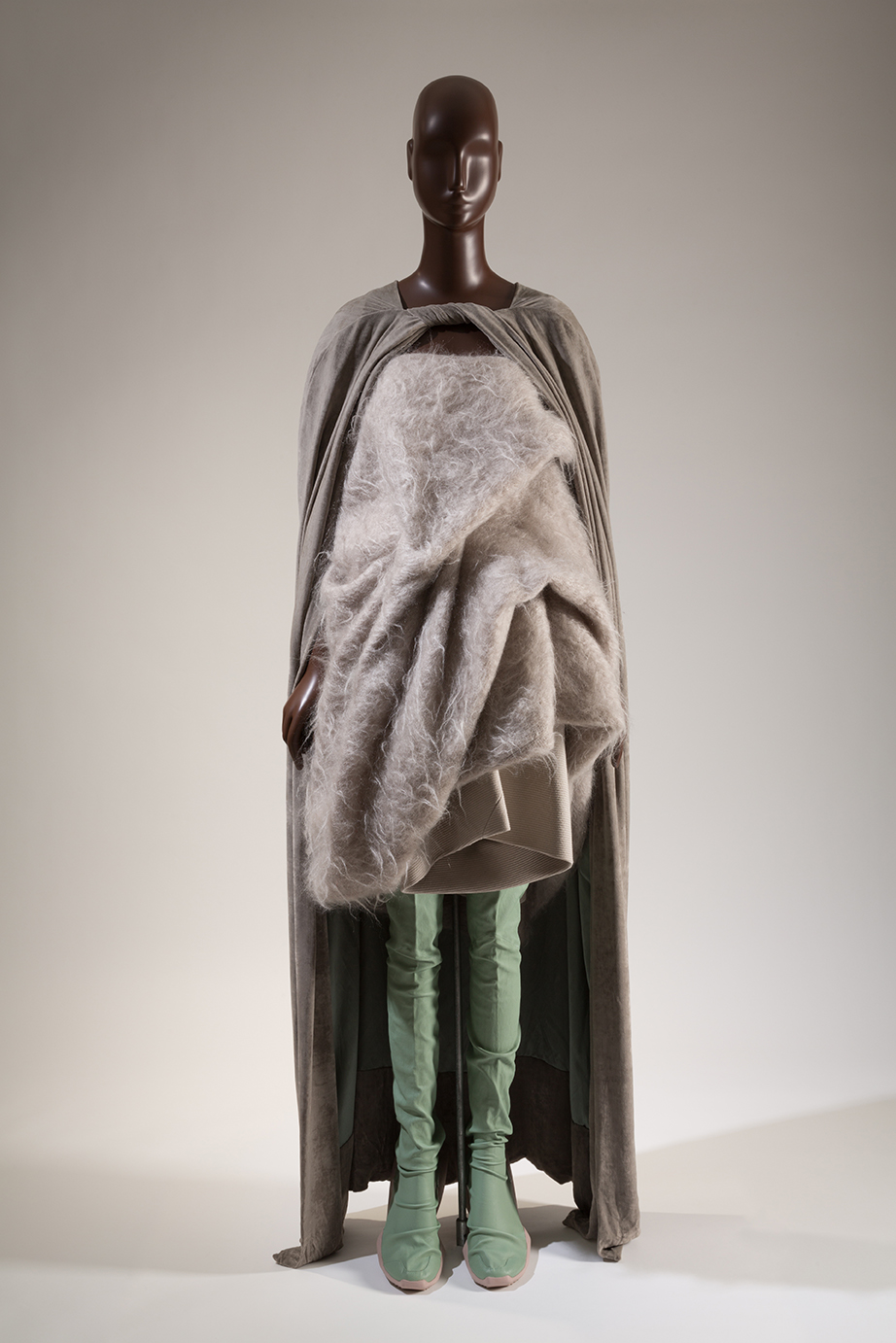If you’re a fan of the Planet Earth franchise – or just the planet itself – you’re in luck: “Force of Nature,” which examines the influence of the natural world on art and fashion throughout the ages, comes with a jungle soundtrack and Bird of Paradise video clips. For a working designer, this immersive experience is also the Museum at FIT’s most relevant recent exhibition.
Curator Melissa Marra-Alvarez could have mined any contemporary spring runway season to fill the galleries and inspire students, but there are true lessons found in looking deep into history—even for those familiar with the masterworks on view, like Iris van Herpen’s “Splash” dress and a column gown by Jeanne Lanvin that evokes a fish’s scales.
Contextualized by the human relationship with nature outside the artistic sphere, including work by Carl Linnaeus, Charles Darwin, Albert Einstein and Rachel Carson, the exhibition dutifully points out the many ways fashion misinterprets nature’s messages. The use of camouflaging animal prints as attention-grabbing womenswear is exemplified by a sequined zebra Geoffrey Beene suit. Plumage from male birds, traditionally nature’s flashier sex, adorns ladies’ hats and informs the color on their garments, though an Yves Saint Laurent menswear suit provides a rare counter argument: it is fashioned from shocking green velour, ready for the 20th century city-dwelling peacock.
Even as the timelessness of natural influences is reinforced, the show presents anecdotes that remind us of how much knowledge we take for granted. Today butterflies are the subject of grade school lessons and coat everything from baby clothes to the show opener, a sheer Dolce & Gabbana ‘90s look, but a placard notes that “In 1830s Chile, a German naturalist named Renous was arrested on charges of heresy after it was discovered that his caterpillars had turned into butterflies.”
Amidst these lessons, the exhibition gives due to two designers whose natural influences have been deservedly well-documented: the oeuvres of Charles James and Alexander McQueen were particularly inspiring to Marra-Alvarez, and offer standout pieces. American work is well-represented, ranging from a floral embroidered waistcoat circa 1790 to a pleated sunburst Bill Blass dress and a haunting menswear look from Rick Owens’ 2016 “Mastodon” collection.
“Force of Nature” would be incomplete without addressing what fashion has literally taken from nature. The final section contrasts the wildly unsustainable with materials of the future: think a cheetah fur Valentino coat beside a sustainably sourced viscose dress by Stella McCartney. As Marra-Alvarez pointed out, the timeliness of this exhibition is that it comes at a transition point: “We are now beginning to see a new shift in the attitude towards our relationship with the natural world, from one of dominion to one of participation… the idea here is not what we can take from nature, but what can we learn from nature.”
Examining a whole alligator, face included, that was sculpted in the 1930s into a boxy, impractically small purse, this shift feels long overdue.
Force of Nature is on view at the Museum of FIT through November 18.



